In Baltic Sea, citizen divers restore seagrass to fight the climate crisis
How scuba divers are trying to turn the tide on global warming

Your support helps us to tell the story
From reproductive rights to climate change to Big Tech, The Independent is on the ground when the story is developing. Whether it's investigating the financials of Elon Musk's pro-Trump PAC or producing our latest documentary, 'The A Word', which shines a light on the American women fighting for reproductive rights, we know how important it is to parse out the facts from the messaging.
At such a critical moment in US history, we need reporters on the ground. Your donation allows us to keep sending journalists to speak to both sides of the story.
The Independent is trusted by Americans across the entire political spectrum. And unlike many other quality news outlets, we choose not to lock Americans out of our reporting and analysis with paywalls. We believe quality journalism should be available to everyone, paid for by those who can afford it.
Your support makes all the difference.Just off the coast of Kiel in northern Germany, scuba divers use hand trowels to dig up emerald green seagrass shoots complete with roots from a dense underwater meadow, delicately shaking off the sediment before placing them in yellow bags.
Back on land, they store the shoots in large cooling boxes, before heading out the next day to a barren area further north to replant them in circles. One diver holds a line, and the other uses it to navigate the murky waters and swim around him.
They hope this painstaking work, part of a new project that trains local citizens to restore seagrass meadows in the Baltic Sea, can help tackle climate change.
The meadows act as vast natural sinks that can store millions of tonnes of carbon, but they have reduced sharply over the last century due to worsening water quality, scientists say.
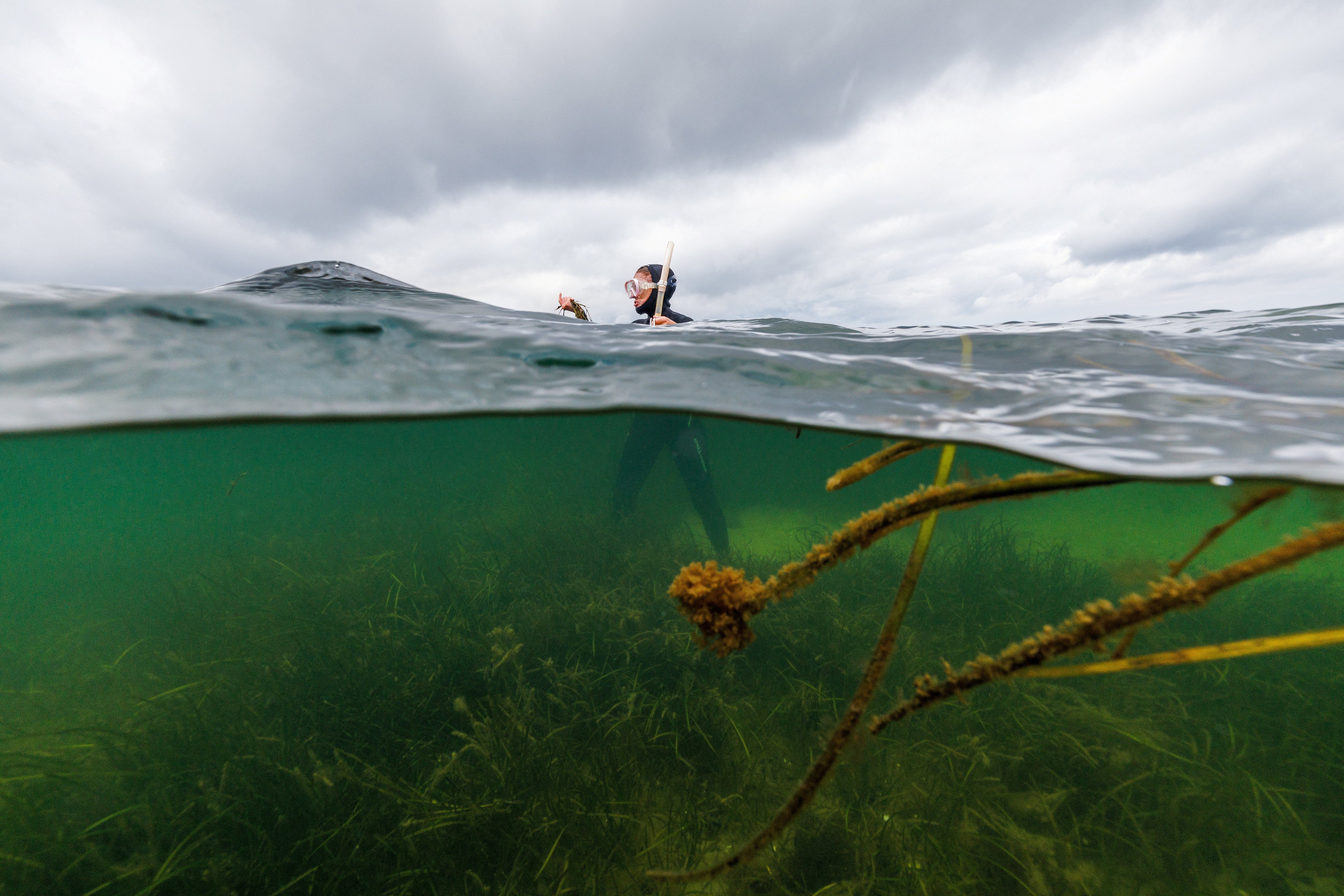
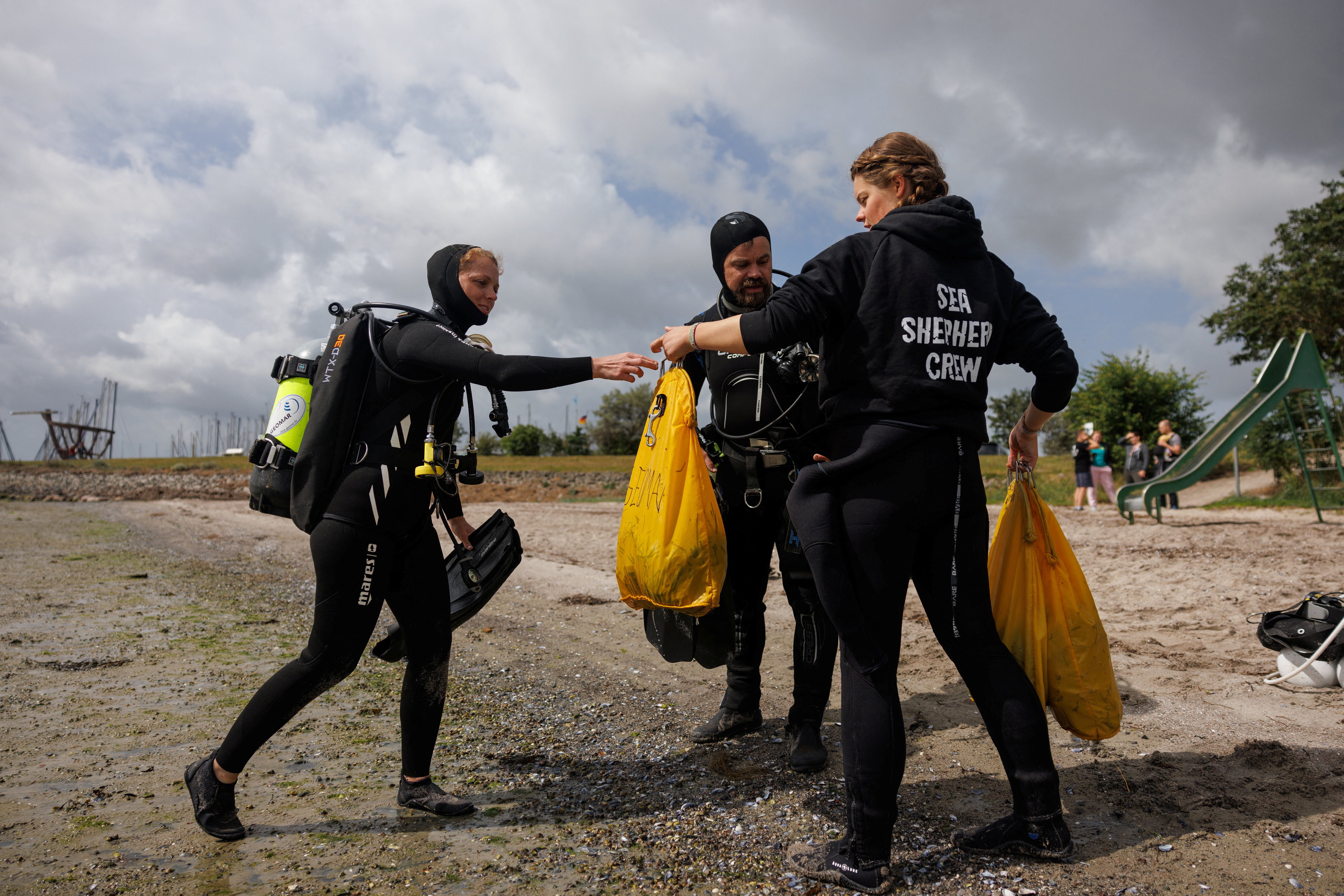
“It’s like underwater gardening,” said Lea Verfondern, 21, a veterinary assistant who was part of the first batch of citizens to attend the training in early July.
“Everyone should make a contribution to protecting the environment because it ... affects us all,” said Verfondern, before donning a full wet-suit with a hood.
Seagrasses store more than twice as much carbon from planet-warming carbon dioxide (CO2) per square mile than forests do on land, according to a 2012 study. The plants also help support fisheries and protect coasts from erosion.
Europe alone lost one-third of its seagrass areas between the 1860s and 2016, one 2019 study found, releasing carbon into the atmosphere and speeding up global warming.
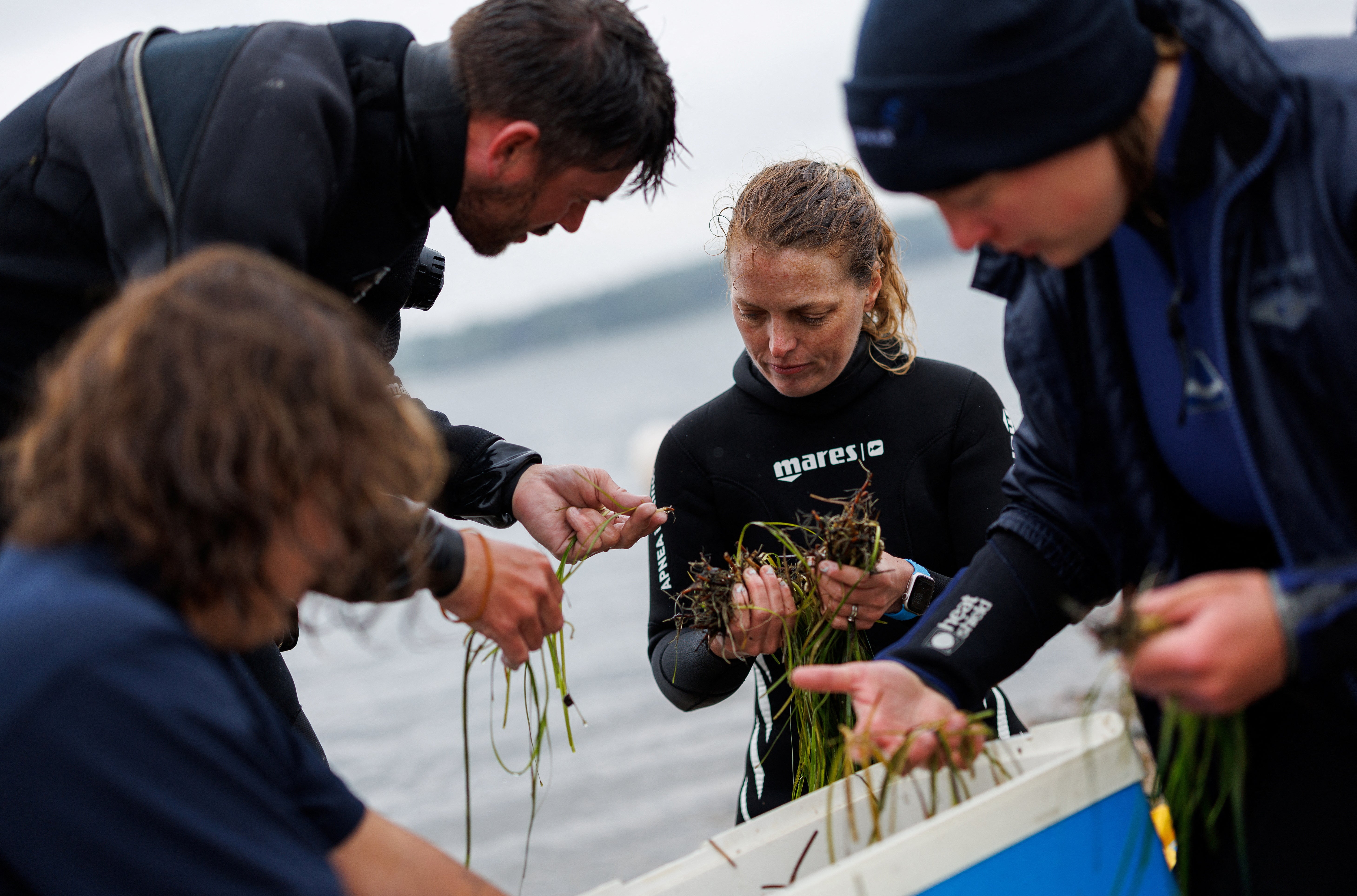
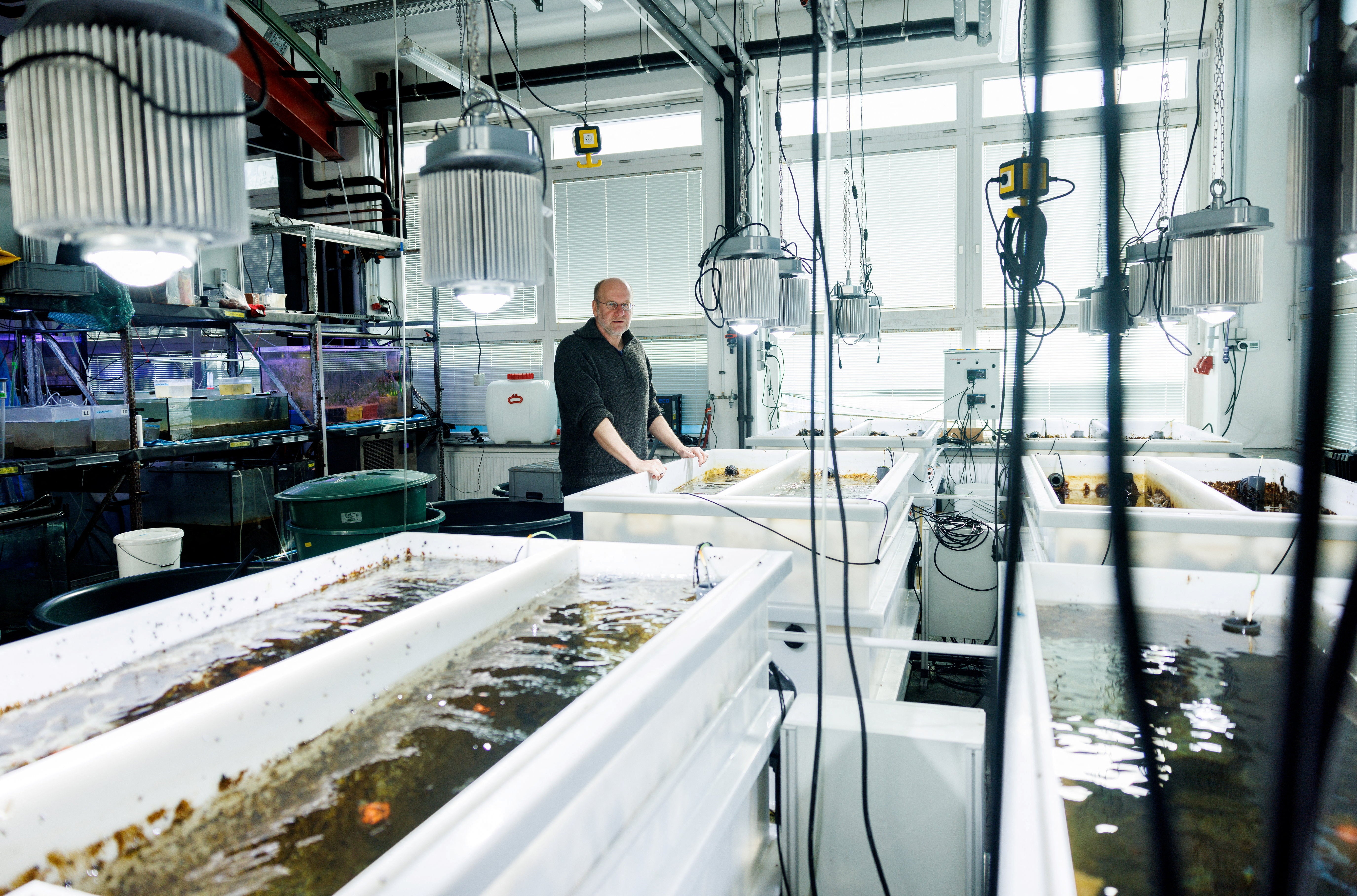
While there are other initiatives to restore the plants worldwide, the SeaStore Seagrass Restoration Project in Kiel, run by the Geomar Helmholtz Centre for Ocean Research, is one of the first that aims to enable citizens to do so autonomously.
Verfondern, six other divers and some land volunteers planted some 2,500 plants during the weekend course in July.
Re-greening the sea
Leading the Baltic Sea seagrass initiative is Angela Stevenson, a postdoctoral researcher at Geomar who planted three test fields in recent years, discovering shoots were more resilient than seeds.
Stevenson developed the course, encompassing an online presentation as well as hands-on training, to speed up the planting. Maritime conservation group Sea Shepherd fielded the first round of volunteers and organised gear, food, shelters and permits.
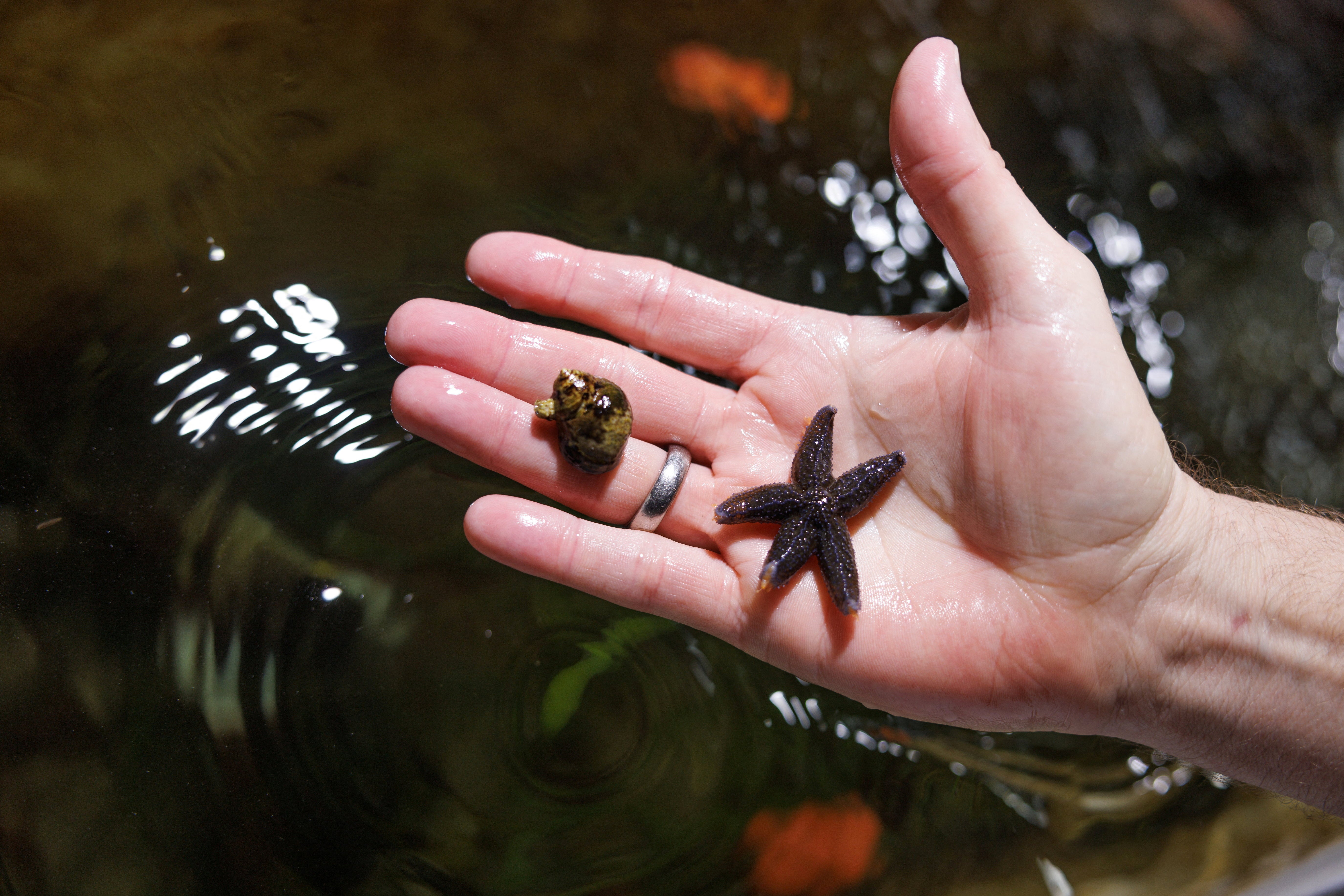
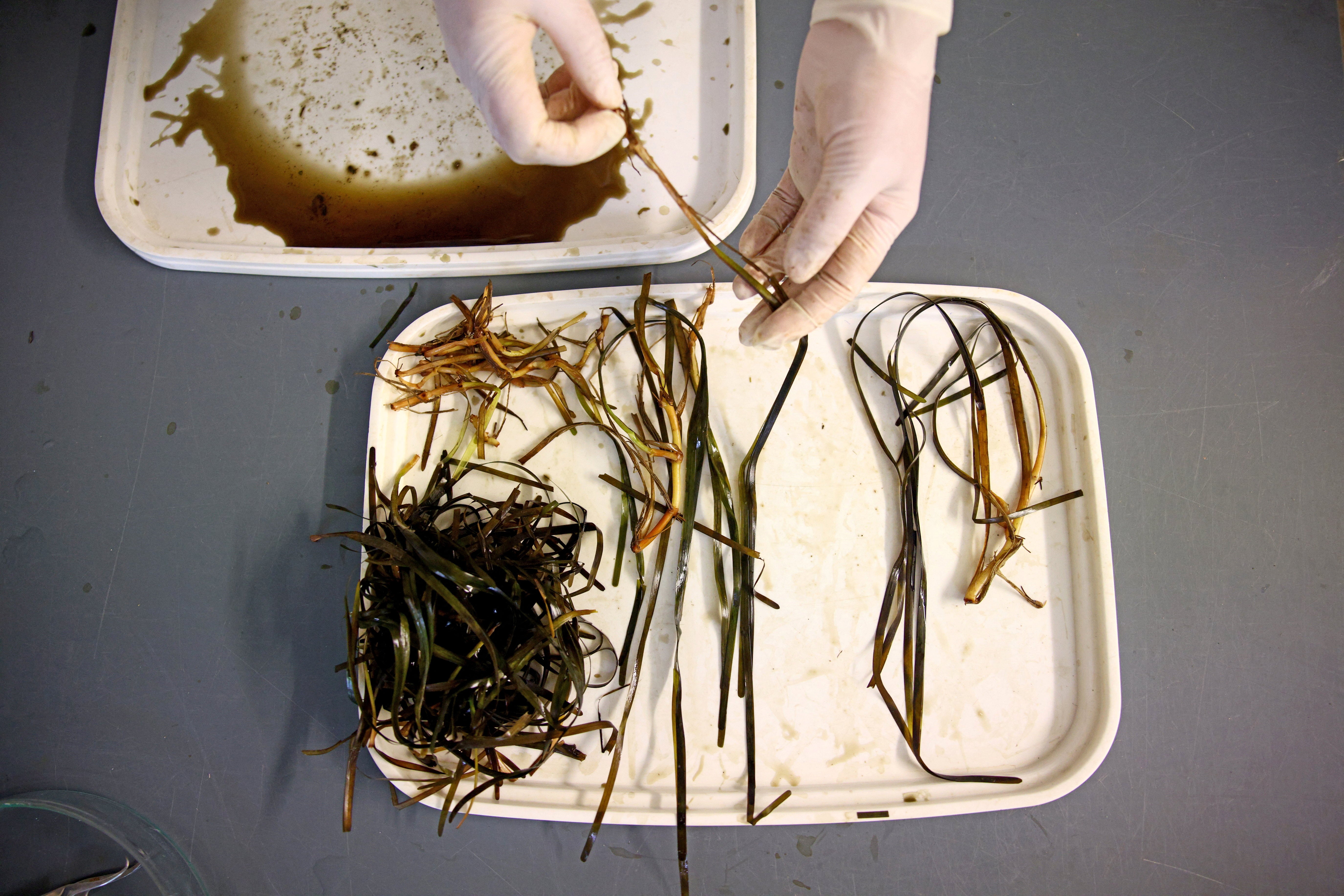
“Our aim is to scale it up after this pilot period,” said Stevenson. “The ultimate goal is to re-green the Baltic Sea.”
Martin Lampe, 52, one of the volunteers, said the Baltic Sea had changed so much since he went diving there in his youth that he felt he had no choice but to help out.
“Days like today show me we really can get a handle on the situation if enough people contribute,” the IT technician said.
Stevenson said the Geomar team was also researching how resistant seagrass was to temperature rises. It hopes to breed more heat-resistant strains since, unlike fish, seagrasses cannot migrate to cooler climes as the oceans warm.
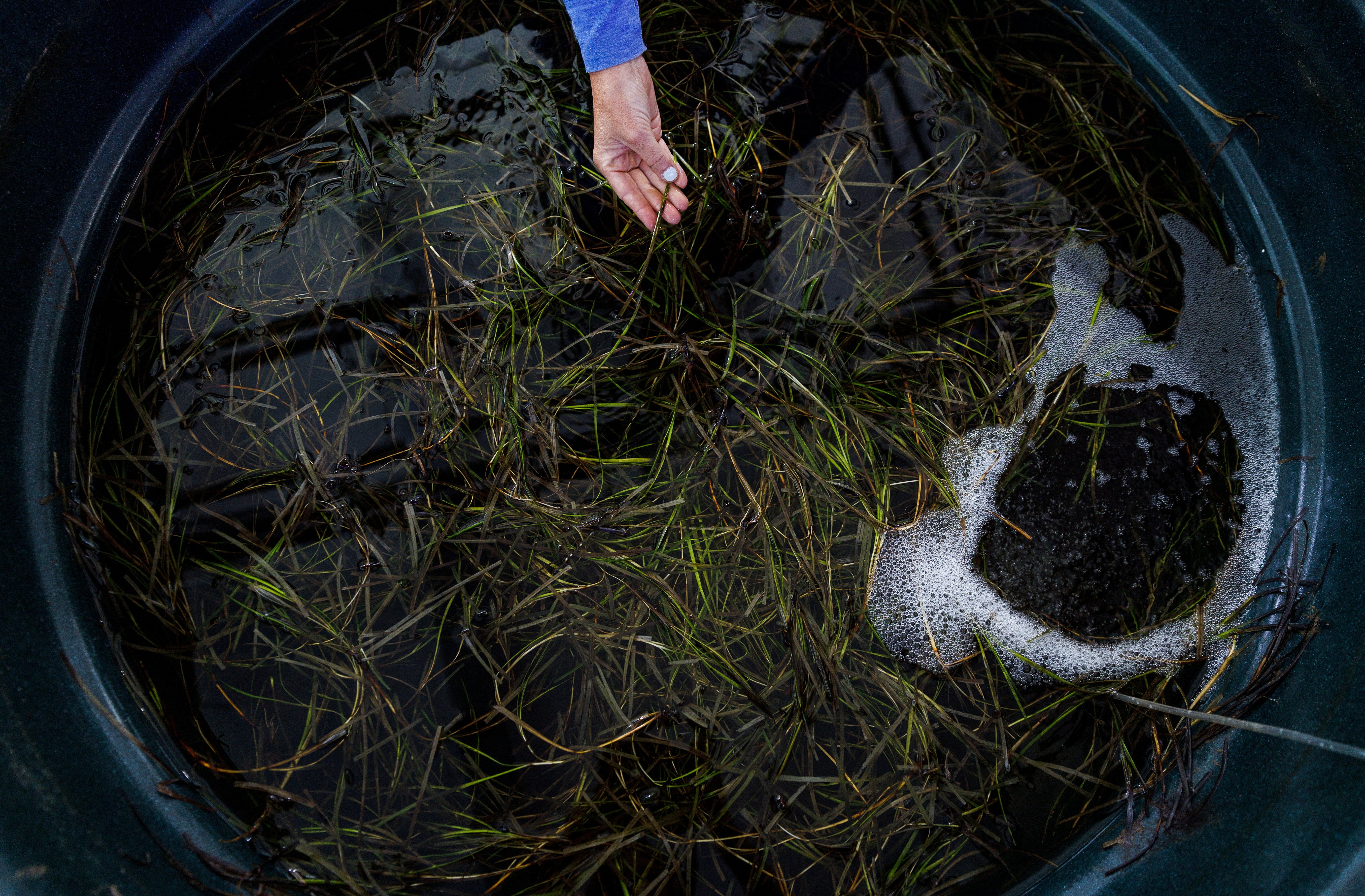
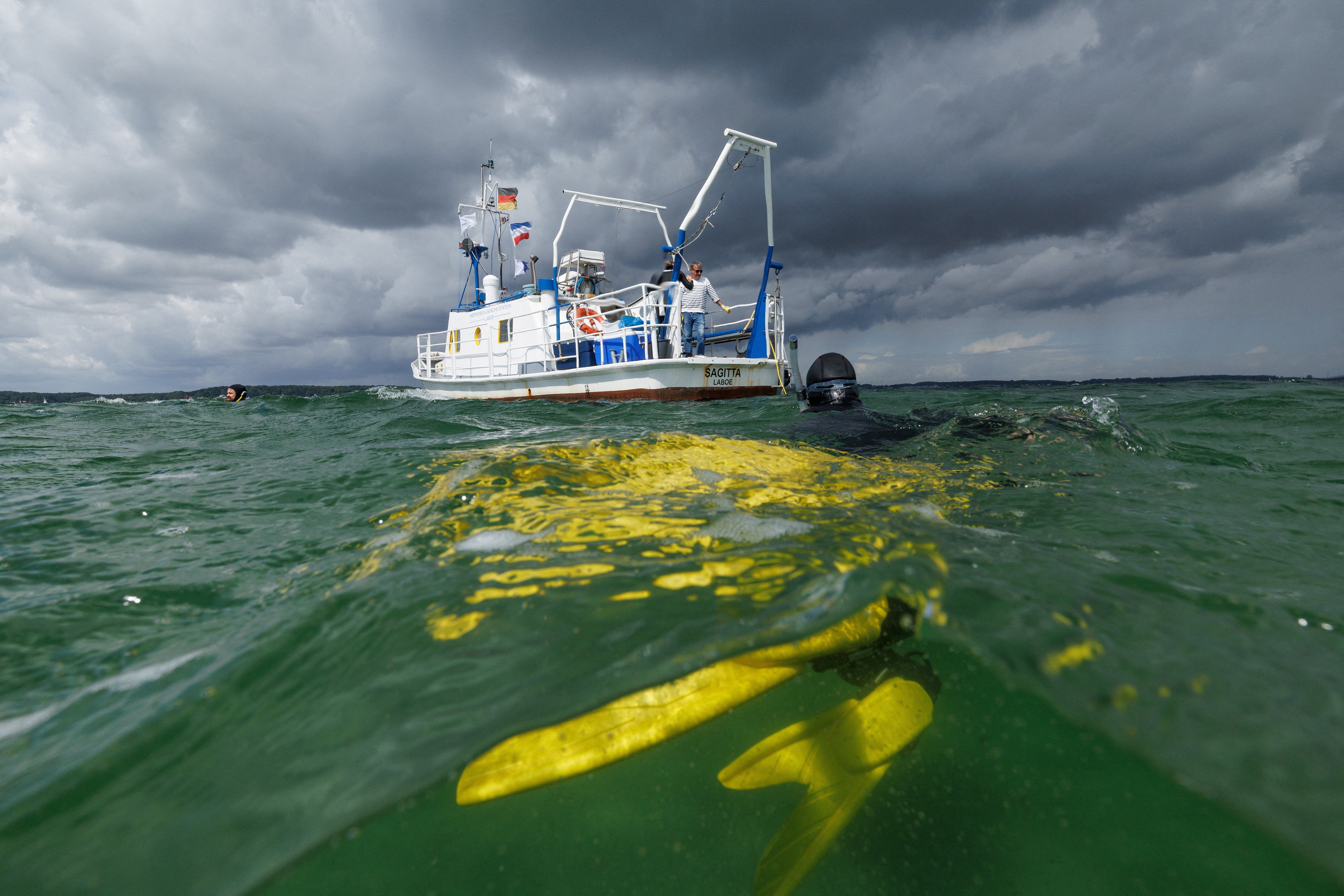
The team also continues to pick flowering seagrass to harvest seeds, and experiment with planting them on the seabed. If it can find a way to do this successfully, it would offer a far less laborious method of restoration.
Using its current approach, it would take half a million divers, planting shoots for 12 hours a day for an entire year, to restore all the lost seagrass in the Baltic Sea along Germany’s coast, Stevenson estimated.
Even then, their efforts would only account for a tiny fraction of German emissions.
“We will have to think up new technologies that help us remove [carbon] artificially too,” she said. “But if we have the nature-based solutions for storing carbon already, we might as well use it.”
Photography by Lisi Niesner
Reuters
Join our commenting forum
Join thought-provoking conversations, follow other Independent readers and see their replies
Comments